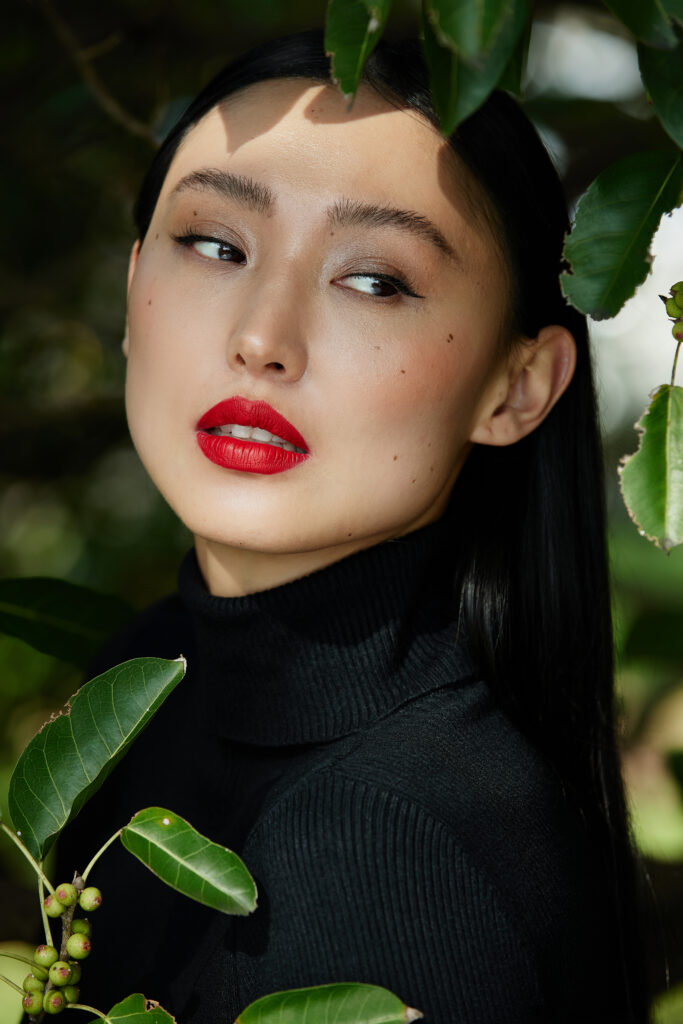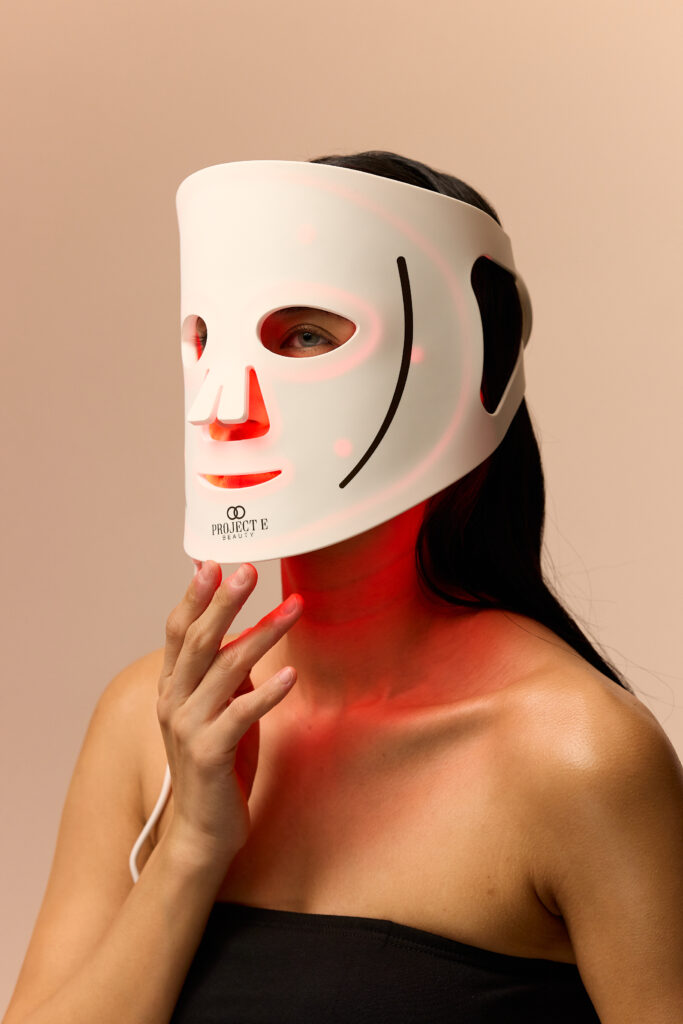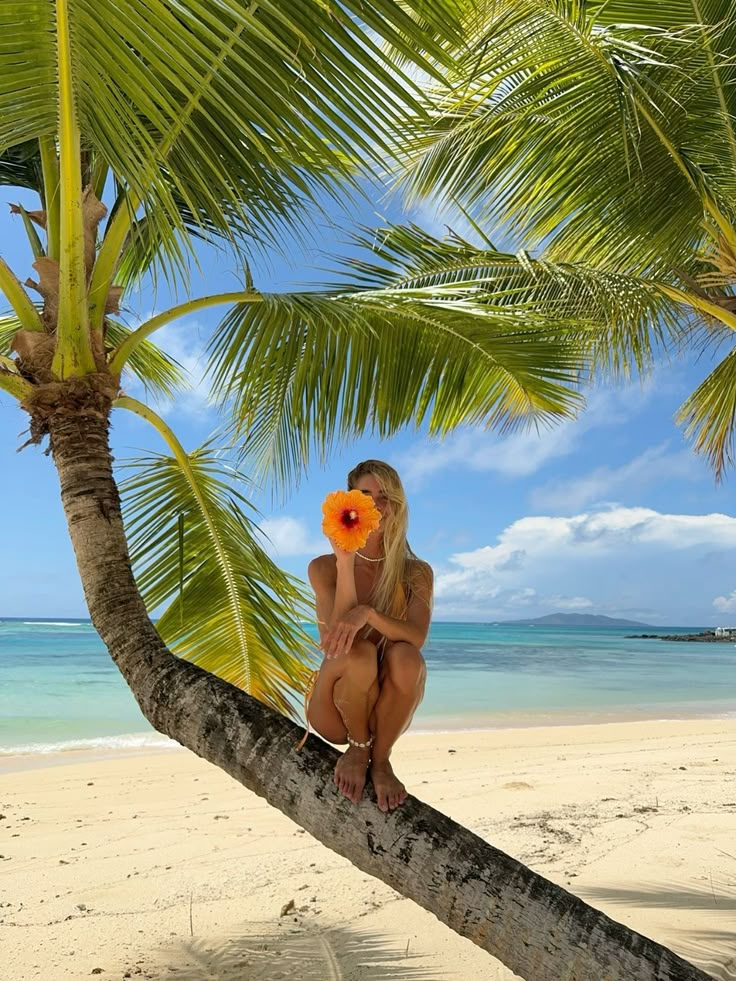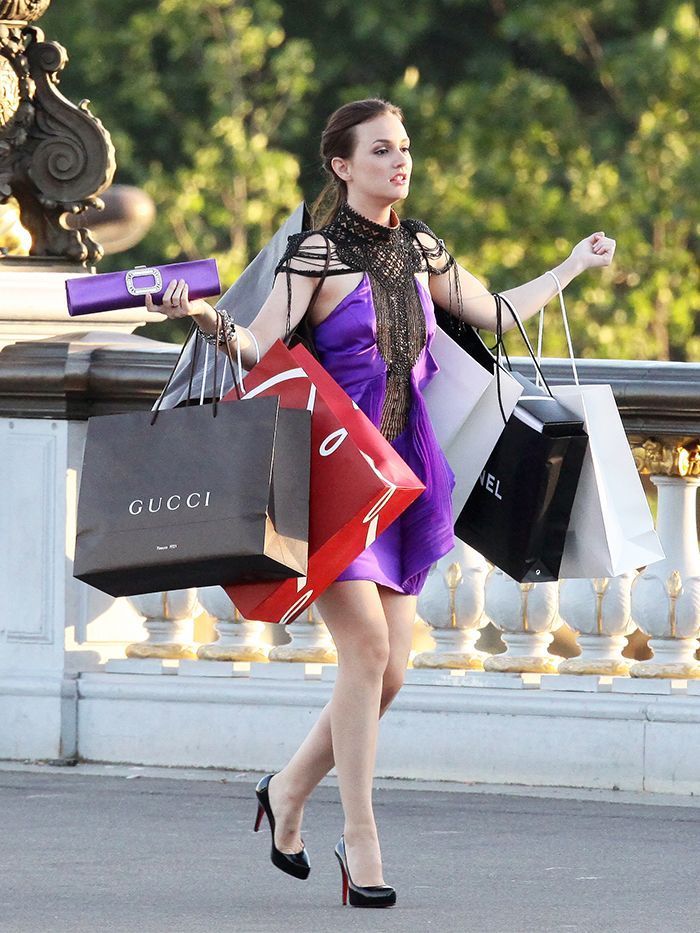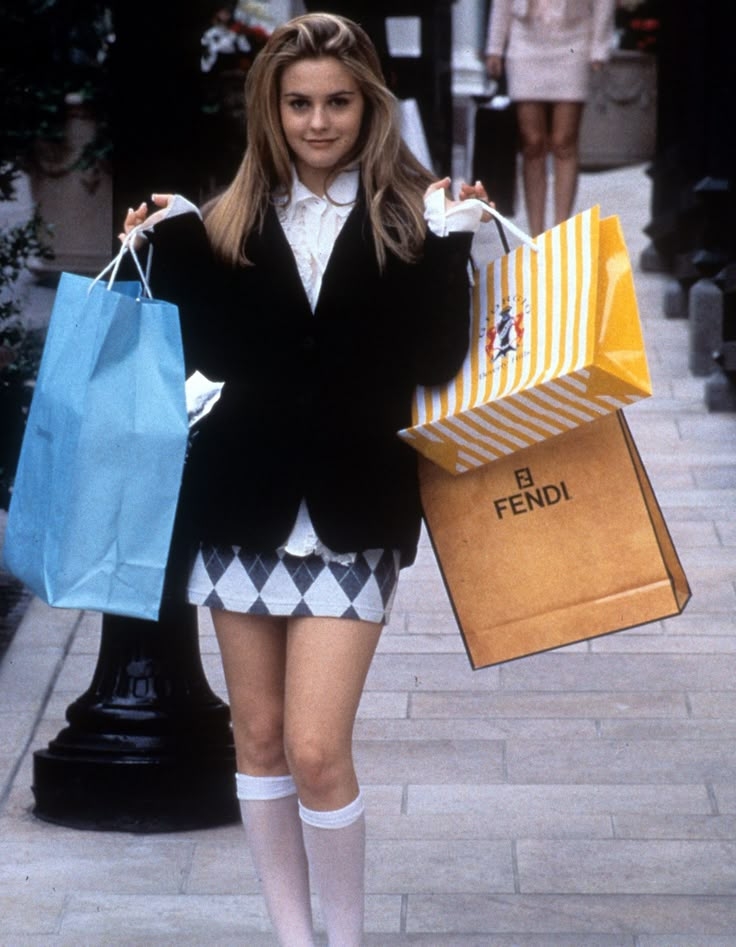Lani Starkey is a rising star in the beauty industry, celebrated for her ethereal beauty and commanding presence. As a beauty media personality, Lani has been featured by and collaborated with some of the world’s most iconic beauty brands, including Chanel, Lancôme, Clarins, L’Oréal Paris and Moroccanoil. In 2016, Starkey made history as the first Chinese-born woman to appear on Australian reality TV and the first Chinese village girl to break into mainstream media. Her episode drew a record 1.03 million viewers, becoming the highest-rated across all five seasons of First Dates Australia. At 34, Lani enters the beauty industry on her own terms, encouraging others to shine their inner light.
You entered the beauty industry at 34, which is quite rare in an industry that often celebrates youth. What was that like for you?
Honestly, entering the beauty industry at 34, as a mum, felt incredibly empowering. The beauty world has long celebrated youth, but I believe beauty exists in every season of life, and I wanted to stand for that change. True beauty deepens with age. Women grow more beautiful and powerful as they get older; confidence and wisdom make their beauty richer and more magnetic. Starting this path later than most only reinforced that it’s never too late to embrace your dreams and share your voice.
In 2016, you appeared on Channel 7’s First Dates Australia. Looking back, what does that experience mean to you now?
At 24, being on First Dates Australia felt exciting, though I didn’t fully grasp its significance at the time. A decade later, I see it as an early milestone for Asian Australians in mainstream media—a period when diversity was just starting to emerge. When supermodel Jessica Gomes became ambassador for David Jones in 2013, and Francesca Hung won Miss Australia in 2018, both were history-making milestones that reshaped Asian representation in Australian media. My appearance in 2016 was a step in that broader journey, and I’m grateful to have been part of a movement that continues to shape a more inclusive future.
Being thrust into the spotlight in 2016 felt like the universe shining a light on a larger societal problem: the lack of diversity and representation for people of colour in the media at the time. My bleached hair and contact lenses reflected the pressure to fit a standard—a visible sign of how pronounced those gaps were. Looking back, I feel compassion for my younger self and others who shared similar struggles. That experience taught me the importance of self-love, staying true to yourself, and having positive role models while growing up.
You stepped away from the spotlight for nearly a decade. What inspired your return — and how did it feel to re-enter the beauty space on your own terms?
In my early 20s, sudden media attention was overwhelming, and I struggled with my mental health. I never chased fame for its own sake. I wanted to be my best self and uplift others. Stepping back gave me space to heal and focus on what truly matters. After having my son, Will, I reflected on the example I want to set for him. That became a turning point. Today, I show up fully as myself so the next generation doesn’t feel they have to become someone else to be beautiful.
What does it mean to be a Modern Muse?
To me, being a modern muse means leading with authenticity. A modern muse inspires through individuality, confidence, and the courage to redefine beauty on her own terms.
It’s about letting your inner light shine and showing that beauty and confidence only grow stronger with age. If my journey helps even one woman feel empowered to step into her own power, then I know I’m fulfilling my purpose.
Read more of our Inspiring Profiles here.

